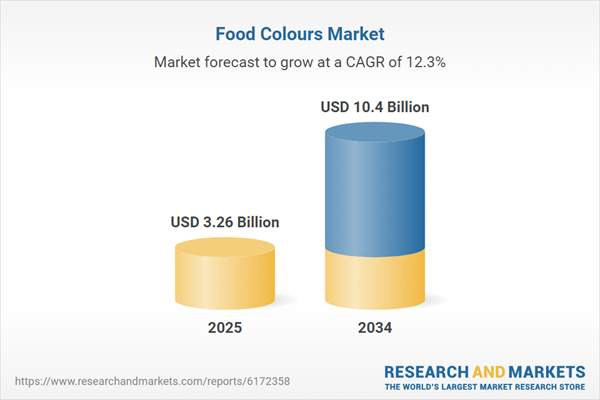Rise in Demand for Clean Label Products to Invigorate the Market Growth of Food Colours
The global market for food colours is being driven by the rising demand for clean label, natural products globally. Due to the prevailing health concerns amidst the global pandemic, the industry is driven by factors, such as healthy food consumption and natural food colours like turmeric that adds to the health benefits, which are propelling the market growth. In addition, because of urbanisation and industrialisation, the rising purchasing power of people, and rising awareness regarding food adulteration and the resultant demand for clean label food products, the market demand for organic, plant-based products are augmenting the market.Additionally, as natural colours are free of chemical adulteration, they possess no threat to the human body, hence making them favourable for everyday consumption. Furthermore, demand for natural colours in ready-to-drink and ready-to-go beverages, owing to the fast-paced lifestyles and dual-income households, is further invigorating the industry growth. Moreover, demand for packed and processed food products are creating a robust demand for food colours that not only enhance the appearance of the food product and grab customers attention but are also healthy in consumption. This is propelling the market growth of food colours.
Food Colours: Market Segmentation
Food colours are additives that enhance the appearance of the food product, making it more desirable for consumption. The colours may be available in liquid or powdered form as dyes and pigments that may be natural or artificial in their composition.Market Breakup by Type
- Natural Colour
- Artificial Colour
Market Breakup by Application
- Meat Products
- Beverages
- Dairy
- Bakery and Confectionary
- Processed food and vegetables
- Oil and Fats
- Others
Market Breakup by Region
- North America
- Europe
- Asia-Pacific
- Latin America
- Middle East and Africa
Rise in the E-Commerce Industry to Augment Industry Growth of Food Colours
The market for food colours is being driven by the rise in the prevalence of e-commerce websites due to factors such as a rise in the number of working populations, convenience and flexibility of online shopping, fast deliveries, and stringent government regulations to practice social distancing amidst the global pandemic. With the ease in availability of the internet and the rising penetration of smartphones, online delivery channels are sustaining the market for food colours in various end-use industries.Furthermore, owing to the thriving e-commerce industry, industry players who deal in packed and processed food products over online retail channels are generating market demand for vibrant colours that attract customers as the visual appearance of online products is critical. Furthermore, due to the emergence of food delivery platforms like Zomato and Uber Eats in major developed and developing countries, the importance of vivid colours in visual representation is further contributing to the overall market of food colours.
Key Industry Players in the Global Food Colours Market
The report presents a detailed analysis of the following key players in the global food colours market, looking into their capacity, market share, and latest developments like capacity expansions, plant turnabouts and mergers and acquisitions.- Sensient Colors LLC
- Chr. Hansen Natural Colors A/S
- BASF SE
- DSM Nutritional Products AG
- Naturex S.A.
- DDW, Inc.
- Others
Table of Contents
Companies Mentioned
The key companies featured in this Food Colours market report include:- Sensient Colors LLC
- Chr. Hansen Natural Colors A/S
- BASF SE
- DSM Nutritional Products AG
- Naturex S.A.
- DDW, Inc.
Table Information
| Report Attribute | Details |
|---|---|
| No. of Pages | 166 |
| Published | August 2025 |
| Forecast Period | 2025 - 2034 |
| Estimated Market Value ( USD | $ 3.26 Billion |
| Forecasted Market Value ( USD | $ 10.4 Billion |
| Compound Annual Growth Rate | 12.3% |
| Regions Covered | Global |
| No. of Companies Mentioned | 7 |









